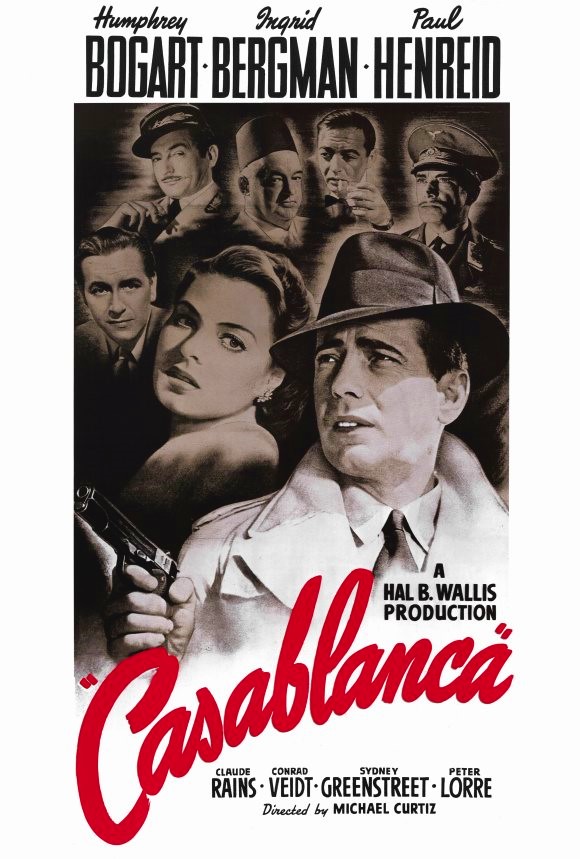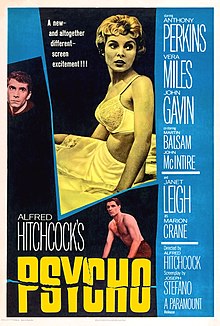The Legacy of Hollywood: Films That Defined Each Decade
Lights, camera, action! Hollywood has produced countless films that have left an indelible mark on the world of cinema. From the black-and-white classics of the 1920s to the modern blockbusters of today, each decade has brought its own unique flavor and cinematic masterpieces.
Join us as we embark on a journey through time, exploring the films that defined each decade and left a lasting legacy on the silver screen. Get ready for a walk down memory lane as we revisit the movies that shaped the history of Hollywood.
Roaring Twenties: The Birth of Silent Cinema
“The Jazz Singer” revolutionized cinema by introducing synchronized sound, marking the end of the silent film era. This landmark film, starring Al Jolson, captivated audiences with its blending of spoken dialogue and musical performances, paving the way for a new era of immersive storytelling.
Fritz Lang’s “Metropolis” remains a visionary masterpiece, depicting a dystopian future and exploring themes of social inequality and technological advancement. Its breathtaking visuals and imaginative storytelling continue to inspire filmmakers to this day.
Charlie Chaplin’s “The Gold Rush” showcased his iconic Tramp character and brought laughter to audiences during a time of economic hardship. This timeless comedy brilliantly blended physical humor and heartfelt moments, solidifying Chaplin’s status as a cinematic legend.

Fabulous Forties: The Golden Age of Hollywood
“Casablanca” remains a beloved classic, capturing the essence of romance and sacrifice against the backdrop of World War II. Humphrey Bogart and Ingrid Bergman’s unforgettable performances, along with its iconic dialogue, have cemented its status as one of the greatest films in cinematic history.
Orson Welles’ “Citizen Kane” pushed the boundaries of filmmaking with its innovative storytelling techniques and non-linear narrative. It explored the enigmatic life of a media tycoon, leaving a lasting impact on subsequent generations of filmmakers.
“It’s a Wonderful Life” has become a staple of holiday cinema, touching hearts with its message of hope, family, and the power of one’s actions. Jimmy Stewart’s portrayal of George Bailey has solidified the film’s place as an enduring symbol of optimism and gratitude.

Swinging Sixties: A Decade of Innovation and Rebellion
Alfred Hitchcock’s “Psycho” redefined the horror genre, shocking audiences with its suspenseful storytelling and infamous shower scene. Its psychological depth and iconic moments continue to influence filmmakers, leaving an indelible mark on cinema.
“The Graduate” captured the spirit of rebellion and disillusionment among the youth of the 1960s. Dustin Hoffman’s breakthrough performance and the film’s exploration of societal norms made it a cultural touchstone, resonating with a generation on the brink of change.
“Bonnie and Clyde” revolutionized the crime genre by blending romance, violence, and social commentary. With its stylish direction and groundbreaking portrayal of antiheroes, the film challenged traditional storytelling conventions and became a symbol of counterculture cinema.

Rad Eighties: Pop Culture, Blockbusters, and Iconic Characters
Steven Spielberg’s “E.T. the Extra-Terrestrial” captured the hearts of audiences with its endearing tale of friendship and adventure. The lovable alien and its emotional journey became an instant cultural phenomenon, solidifying Spielberg’s reputation as a master storyteller.
“Back to the Future” combined science fiction, comedy, and heartfelt storytelling to create a timeless adventure. With its iconic characters and memorable quotes, the film continues to be celebrated as a beloved classic that transcends generations.
“Raiders of the Lost Ark” introduced audiences to the swashbuckling archaeologist Indiana Jones, portrayed by Harrison Ford. The film’s thrilling action sequences, gripping storyline, and charismatic hero set the stage for one of cinema’s most iconic franchises.

Daring 2000s: The Era of Innovation and Reimagining
Peter Jackson’s adaptation of J.R.R. Tolkien’s “The Lord of the Rings” transported audiences to the enchanting world of Middle-earth. With its grand scale, breathtaking visuals, and epic storytelling, the trilogy redefined the fantasy genre and became a cinematic phenomenon.
Christopher Nolan’s “The Dark Knight” elevated the superhero genre to new heights, presenting a darker and more psychologically complex narrative. Heath Ledger’s haunting portrayal of the Joker earned critical acclaim and solidified the film’s place as a groundbreaking masterpiece.
James Cameron’s “Avatar” pushed the boundaries of visual effects and immersive storytelling. Its groundbreaking use of 3D technology and stunning visuals transported audiences to the vibrant world of Pandora, forever changing the way films are made and experienced.

Conclusion
The legacy of Hollywood is built upon the films that defined each decade, leaving an everlasting impact on the art of cinema. From the groundbreaking silent films of the 1920s to the visually stunning blockbusters of the 2000s, each era has brought forth its own classics and groundbreaking innovations.
Join our Facebook group to discuss and celebrate the movies that have shaped the history of Hollywood, share your favorite films from each decade, and discover hidden gems that you may have missed. Together, let’s honor the cinematic achievements that have shaped our lives and continue to inspire generations of movie lovers. Lights, camera, legacy!

